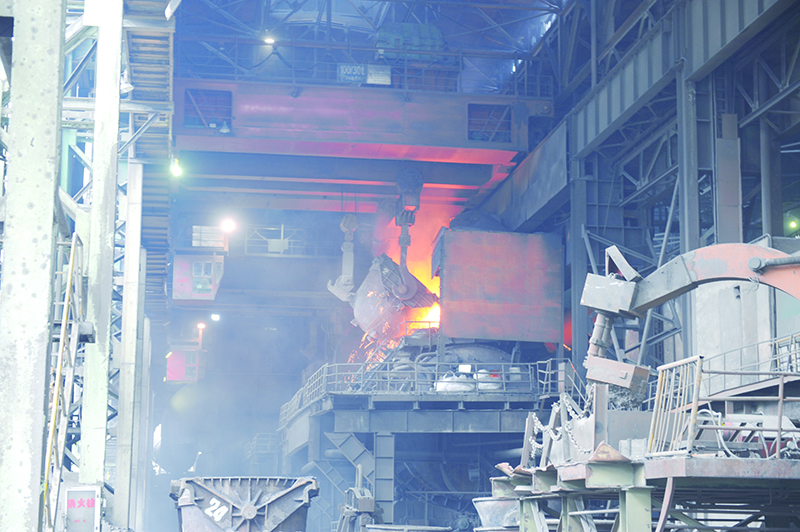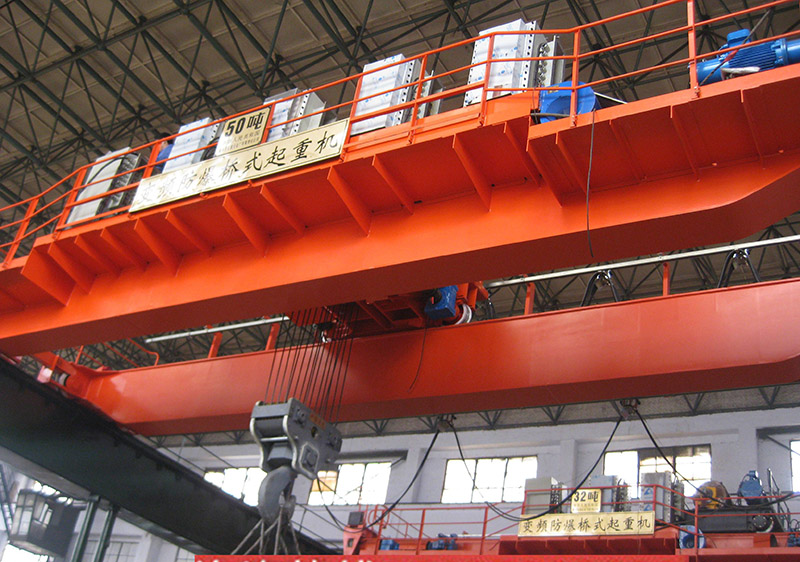In most manufacturing, industrial and other facilities it is often required to lift and shift various items to other parts to continue the required processes or to store them after they are made. This requires the use of moving equipment that has the required capacities. Industrial overhead cranes, also called bridge cranes, are material handling machines that can do all the required lifting, shifting, and lowering(levantar, cambiar y bajar) of heavy items to any area within the building or structure that it covers.

A typical industrial overhead crane will have a hook and line device that is capable of moving along a horizontal beam which in turn moves on a runway beam that is mounted on the supporting structure of the building in which it is housed. These cranes have high lifting capacities and an ability to transport the lifted material in both horizontal and vertical directions so that it reaches the exact spot where it is required to be unloaded. This multi-directional movement helps in all the needed manufacturing, storing, and loading and unloading work needed inside in any industrial facility(instalación industrial). You will also find such industrial overhead cranes being used in warehouses, storage yards, shipping ports, and railway yards.
Industrial overhead cranes have three main parts. The crane bridge spans across the area that is to be served and rests at either end on a runway that is supported by the structure of the building. The entire bridge can travel on the runway to its full length. The bridge will have a trolley that can travel along its length. The trolley has the lifting mechanism of hook and pulley that allows for vertical lifting and lowering of the load that is being lifted. While the movement of the trolley allows movement back and forth in one direction, the movement of the bridge on the runway facilitates the movement of the entire mechanism in the direction perpendicular to the trolley movement. This combined movement allows loads to be conveyed or to be taken to any spot within the area bounded by the runway and the bridge.
In very large industrial overhead cranes, operators are positioned just below the bridge and require to be in constant communication with the users of the crane to help in the movement of goods and materials. Some industrial cranes will also have their equipment controls dangling from the bridge and which can be manipulated by workers on the ground and used for the lifting and shifting of materials.

Crane capacities indicate the maximum capacities that they are meant to handle and most modern cranes will have automatic warning systems that shut of the power to the crane if these loads are exceeded. Lift speeds and rate of travel of the trolley on the bridge, and the travel of the bridge on the runway are also controlled and will always address safety issues in the use of the crane. Runways are supported on columns of the building structure or suspended from the roof.
Industrial overhead cranes can be operated on the floor of the any plant and are highly adaptable to the needs of the operations being carried out.